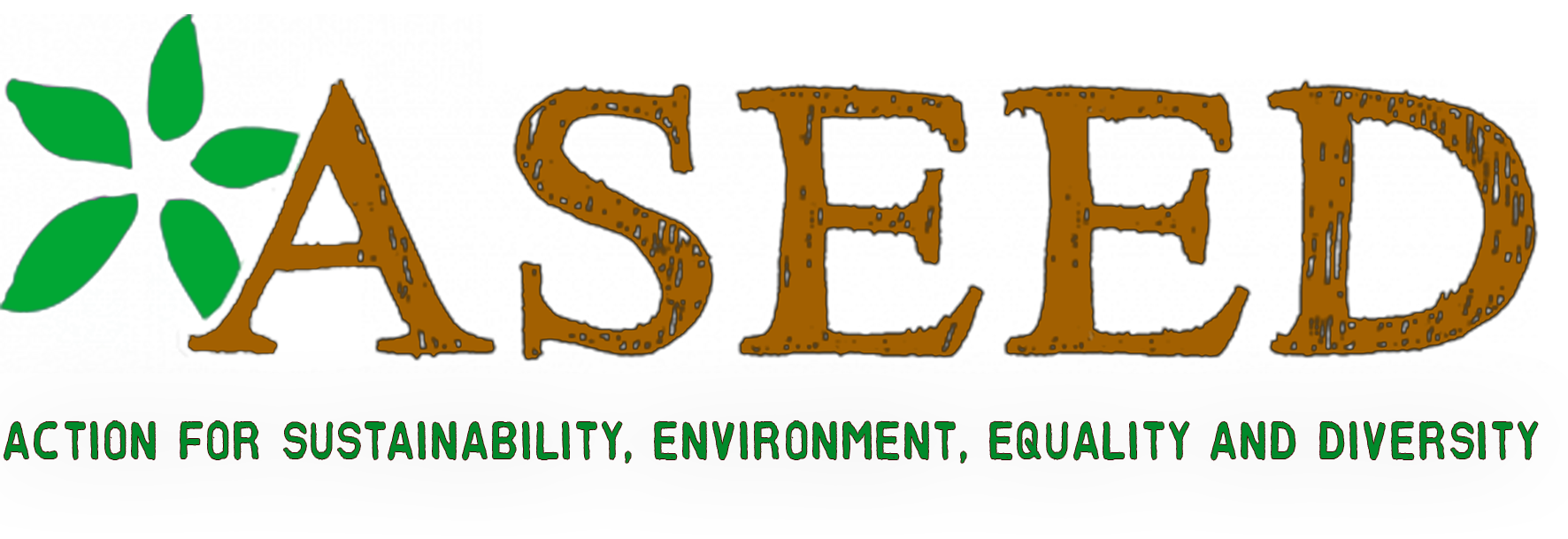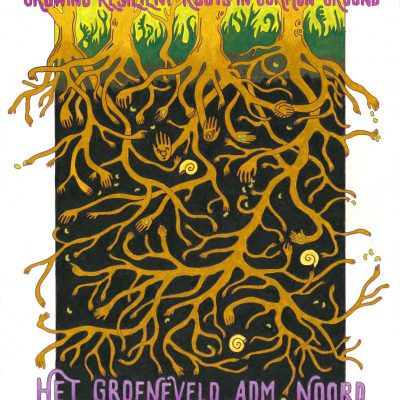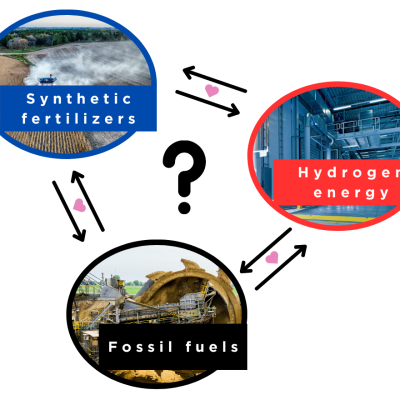On Wednesday the 25th of November we had another online reading group on the highly complex topic of “Who controls the land?”. There were many interesting readings, but we chose to focus on two that comprised a lot of valuable and important perspectives and information. Their brief summaries can be found below.

The Global Land Grab – A primer by Transnational Institute
A great introduction to the topic of land grabbing is the Transnational Institute’s Primer on Land grabbing. It defines the issue (and gives perspectives on why defining land grabbing in itself can be tricky) and describes the many dimensions of this practice – from the myths that make it possible to the role of the EU to impacts and possible solutions. Crucially, local farmers and communities must already be well connected and resilient before a land grab takes place. The issue of land grabbing is multifaceted and often operates in grey zones, so a systematic approach of elevating investments by small-scale farmers and increased public investment will be part of the solution to ending this practice.

Land, Territory, Entropy by Guillermo Delgado-P.
The second text we read for this reading group was an essay by anthropologist Guillermo Delgado-P. The essay is one of many which appears in the book “Grabbing Back – Essays against the Global Land Grab”. In this essay the author explores indigenous relationships with land and how the meaning of land has been colonized. While indigenous people regard themselves to belong to the land, colonizers have come to see land and everything below and above ground as resources to be exploited. Thus, colonialism has inflicted the notion that the land belongs to humans so that it can eventually be commodified. With this, the concept of territory has also been lost and often land is regarded as “idle” or “empty” without consideration to the native bonds people have with the land which is therefore not “empty” at all.
Connection to Land which is “human made”
One condition, which makes land grabbing possible, is a certain alienation to land by those who push this practice and the society around them. Land is something to be ‘used’, something to be profited off of, a pressure which will only increase as we lose land to sea level rise as our energy sources rely more and more on surface area rather than what is below it. A common false dichotomy that is made is opposing natural and human made areas. As if one is deserving of preservation of its “pristine condition” and the other can be shaped and formed in whatever way we humans please. This opposition raises some interesting questions however. If the Dutch for example built up a wetland, which is both home to endangered species and below sea level, thus requiring constant maintenance – is it more “natural” to keep spending energy to keep the land above water or to constantly determine the exact water levels? This forced opposition between nature and human area has also led to the cruel expulsion of indigenous peoples off of land in a misguided effort to preserve what is perceived as “untouched” nature, a practice called “green grab”.In reality, humans affect land in many different ways and land affects us in just as many. Perceiving land as either human-made or natural only contributes to a perspective of seeing land as a resource to be exploited.More than half of the worlds’ population lives in cities, so connecting to the land in urban contexts – agricultural, natural or even concrete – might be a way to reconcile this distant relationship.
Outsourcing Land Grabs
Another thought-provoking point was brought up when discussing the situation of land grabbing in the Netherlands. One of the participants pointed out that countries from the Global North have started outsourcing their land grabbing practices toward the Global South, as there is cheaper and more ‘available’ land abroad. For example, companies from the Netherlands (as Rabobank or ABN AMRO) not only grab land from countries in Eastern Europe, but extend further, especially towards Latin America, in order to import soy into the country (The Netherlands and the Global Land and Water Grab, 2013). Despite the possibility of being categorized under the umbrella of “security” (i.e. land/energy/food security), land grabbing is actually contributing to even further capital accumulation for the corporations, as is also stated in the primer “In the context of global land-grabbing ‘security’ more often than not refers to the security of transnational capital invested in land”.
Decentralizing Level of Decision-making
We also discussed how land struggles and conflicts often intersect with interests that in theory were intended to reduce CO2 emissions. For example, tree plantations for carbon offsetting but also renewable energy projects. The problem with some renewable energy projects such as hydropower dams and wind parks is that it often has direct impacts for the surrounding communities by using a considerable amount of land or by altering the water profile in the case of dams. In many cases the affected communities are neither consulted nor do they benefit from the land changed occurring around them and BIPOC communities are often disproportionally affected. Decentralized, community led and owned renewable energy projects could be an alternative approach to this, putting the control of the land back into collective hands. This resonates with the notion mentioned in Guillermo’s essay about managing and relating to land as a community.
With this reading group we started a discussion on the concepts of “land grabbing”, “green grabbing” and the connections that humans can have with the land. Land grabbing is unfortunately happening all over the world, and it represents a huge obstacle in the process of achieving food sovereignty as farmers and peasant cannot practice community sustaining agriculture without land. “Land grabbing is inherently political”, as it is also stated in the primer and it is also another biophysical form of capital accumulation.
Are you interested in the readings but did not attend the reading group? You can send an email to alina[at]aseed[dot]net and we will send you the pdf files with the readings. Guiding questions and more can be found in this continuous pad for our reading group:
ASEED is a small grassroots collective run mostly by volunteers. We are proud to have the ability to put time and energy into researching topics around agriculture, climate and social justice! However, in order to keep up structures that support this work, along with organizing events and direct actions we need structural funding. During this COVID crisis it is especially hard to find the kind of funding that pays for our financial administration, small budget for coordination and fundraising, and rent for our office.
A great way to help us stay structurally funded is to become a monthly donor! You can do that by visiting the SUPPORT US page on our website, and if you want to get involved in another way please contact us at info@aseed.net.








